Ambassadors returning from China were the first to bring back green tea to Japan, in the Middle Ages. Zen monks, feudal lords and aristocrats began gradually learning about it. So much so that centuries later, Japan is now a master in the art of growing and tasting green tea.
Everything you need to know about Japanese green tea
There's more to life than matcha! Even though we're just mad about this ground green tea that has taken over our teacups and pastries, Japanese green tea is so much more. It's enjoyed the traditional way by simply letting the leaves brew. Read our explanations below.
How is green tea made?
No matter where on the planet it is produced, green tea quickly stops naturally oxidising after it's been picked. The leaves are dried to interrupt the natural fermentation process. After being withered and rolled to extract the juices, the tea leaves are placed in a steam bath to preserve their properties. It is this nearly 300-year-old steaming method that makes Japanese green tea so distinctive. The tea leaves are then filtered to remove stems and flakes before being packaged into tins or sachets. At that point they're ready for brewing.
How are Japanese and Chinese green tea different?
In China, the birthplace of tea and its leading exporter, tea leaves are dried according to another traditional method: they are fired in large copper basins placed directly on open flames for a few minutes. It is “dry heat” (not “moist heat”, as in Japan) that helps stop the oxidation of Chinese green teas, such as Long Jing, Jade Beads and Gunpowder.
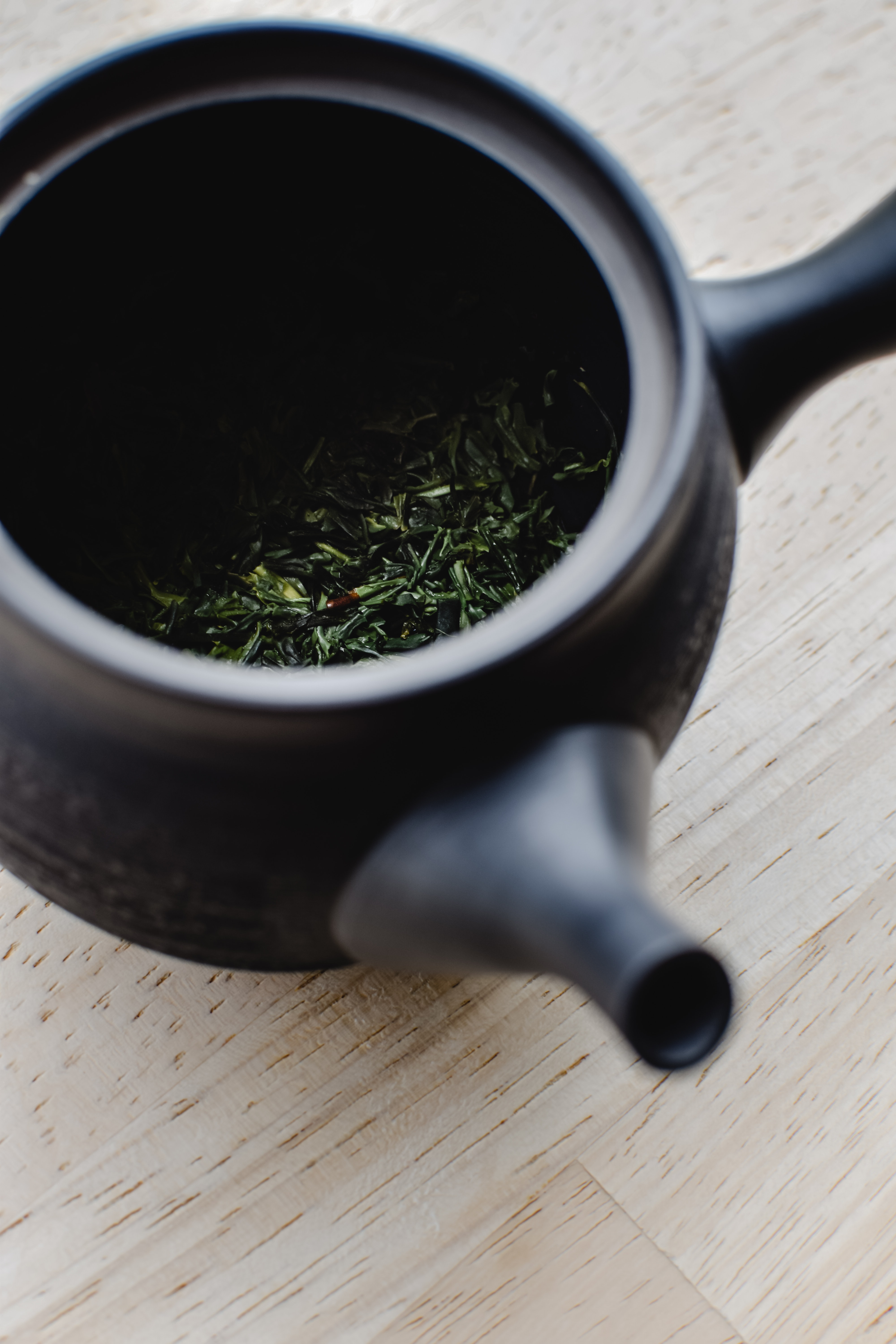
Why is Japanese green tea so renowned?
First, because the Japanese method, which stops oxidation through steam, is said to preserve more of the tea's properties and flavours. Second, because the entire country has elevated tea drinking to the status of a true art, with the tea ceremony giving it such a noble reputation. Lastly, given that domestic demand is booming and that the country is overrun by great metropolises rather than tea plantations, exports remain limited. This makes Japanese green tea rarer and therefore more expensive on average compared to Chinese tea. The most common variety in Japan is Sencha green tea, which accounts for roughly 80% of all harvests. Conversely, the most precious and noble is Gyokuro tea (which means "Pearl Dew"). What makes it so special? It is a shade-grown tea. A few weeks before being picked, the tea bushes are covered with tarpaulins, which keeps the leaf chlorophyll content high. The result is a very sweet seaweed-like flavour that the Japanese particularly enjoy.
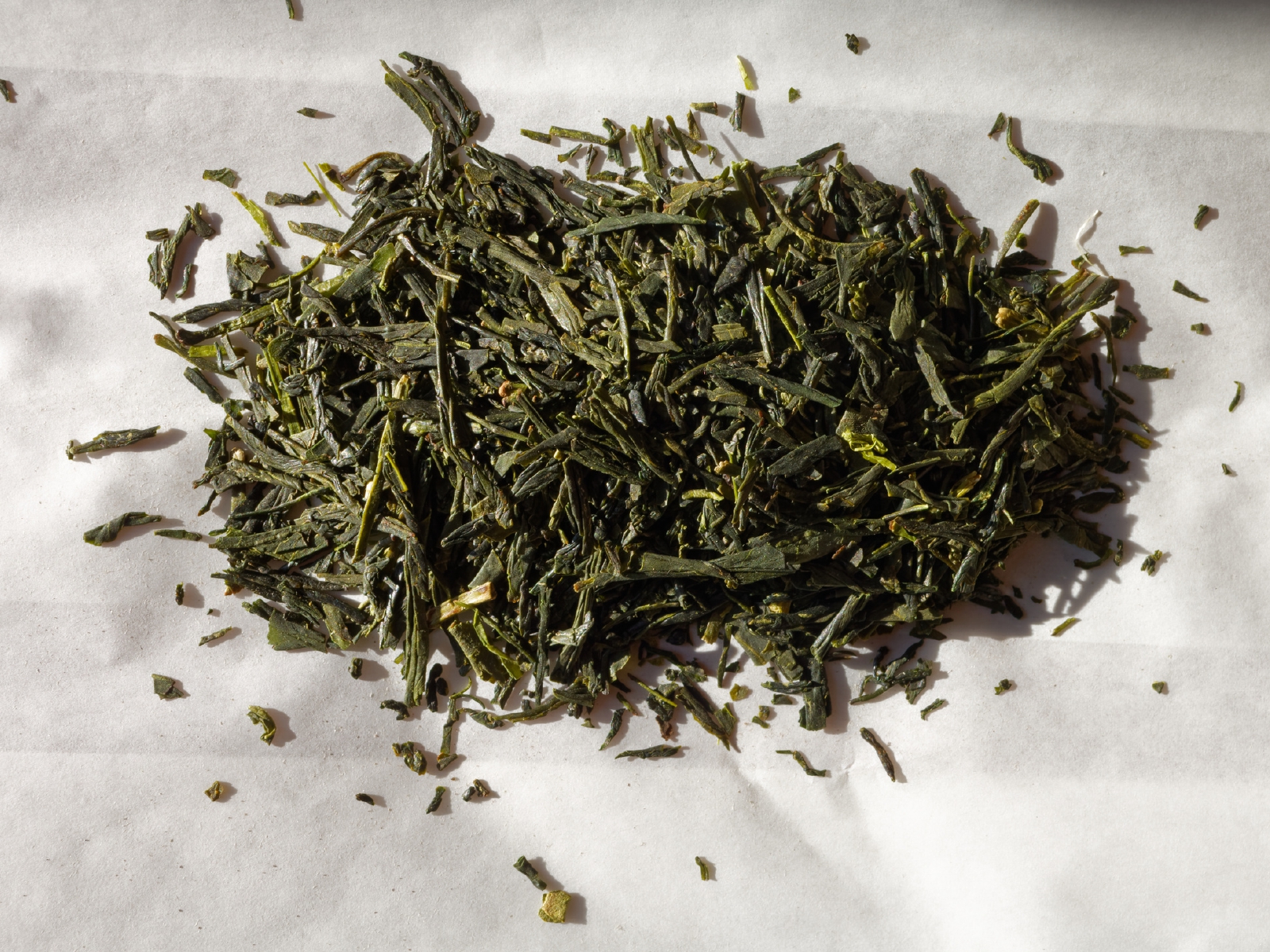
The distinctive nature of Matcha tea
It's no surprise that Matcha was, time and again, the preferred choice for Buddhist monks, the samurai and emperors. Matcha is a one-of-a-kind green tea with an unrivalled green emerald colour. To obtain a very fine powder, the tea leaves are ground between two granite grounding blocks. It's true craftsmanship. Before consuming it, you whisk it into the water in the bowl using a bamboo whisk. It's not easy the first time! It's the only green tea where the water absorbs 100% of what's in the leaves. You drink the essence itself, which makes for an unparalleled mouth feel. What a treat! At Kusmi, matcha tea is always organic and available in 30 g tins or a 100 g loose-leaf top-up. As it's very popular, it can more and more often be found in pastries (mochi, cakes, madeleines, financiers, ice cream, etc.), where it is used as both a food colouring and a natural flavouring.
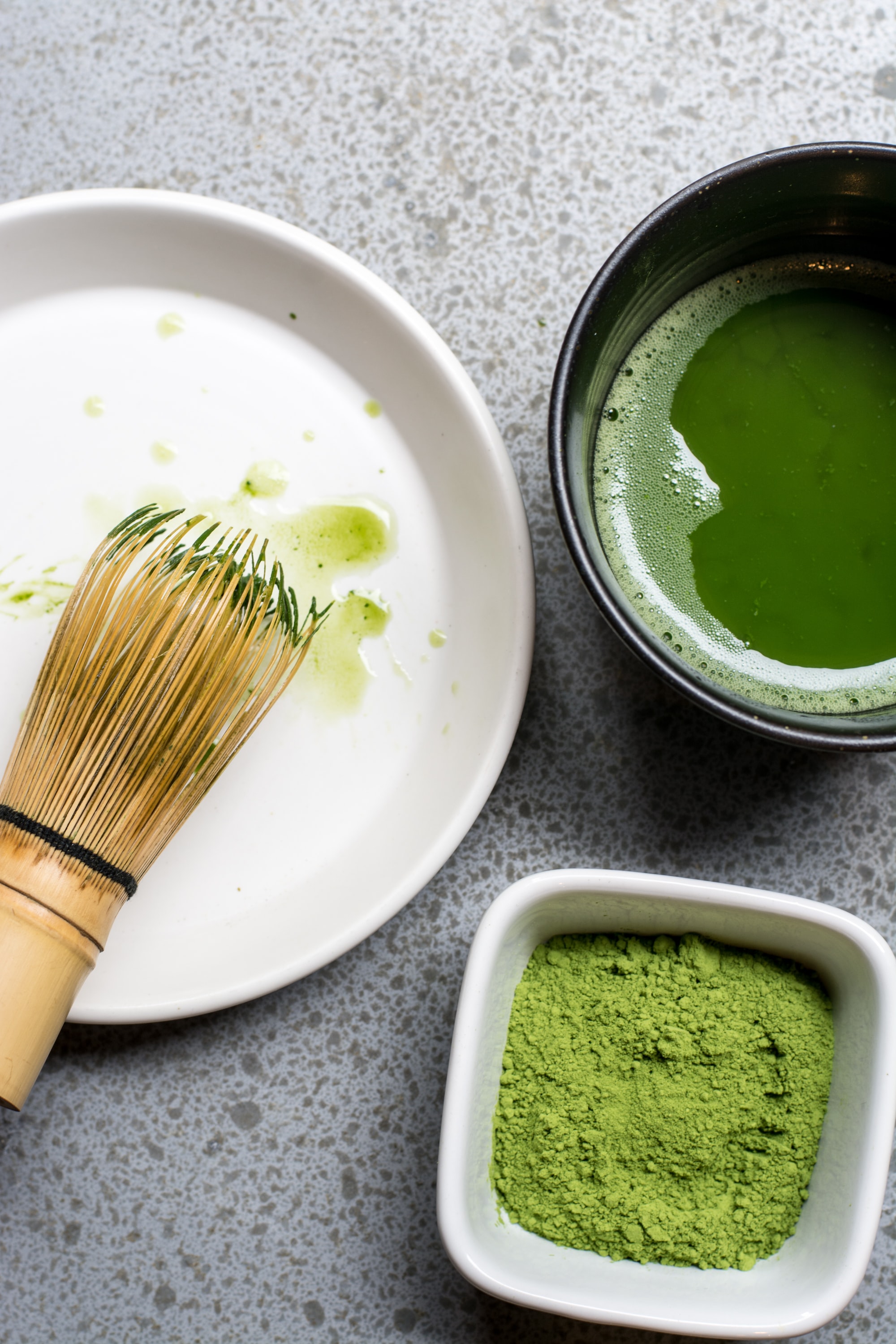
What are the benefits of Japanese green tea?
Traditional Japanese medicine has long recognised the virtues of green tea. With the country enjoying one of the highest life expectancy rates in the world, one main reason for this could be regularly drinking green tea (combined with the other aspects of a typical Japanese diet, of course). Green tea, for which the oxidation process is stopped quickly, is the tea that contains the most antioxidants. Its high content of polyphenols (also called catechins) is said to help strengthen the immune system and slow down ageing all the while promoting weight loss. Moreover, the presence of theanine is considered to help reduce stress and provide a relaxing effect.
How is Japanese green tea prepared?
Whether you prefer the simple way through quick and efficient brewing or are willing to uphold tradition through a by-the-book tea ceremony, here's our advice on how to make the perfect cup of Japanese green tea.
How long should Japanese tea be brewed?
The water should never be boiling, but simmering, otherwise the tea leaves can be damaged. For green tea, we recommend brewing for 3 to 4 minutes at 70° or 80°C. For more details, read the recommendations on the tea tin.
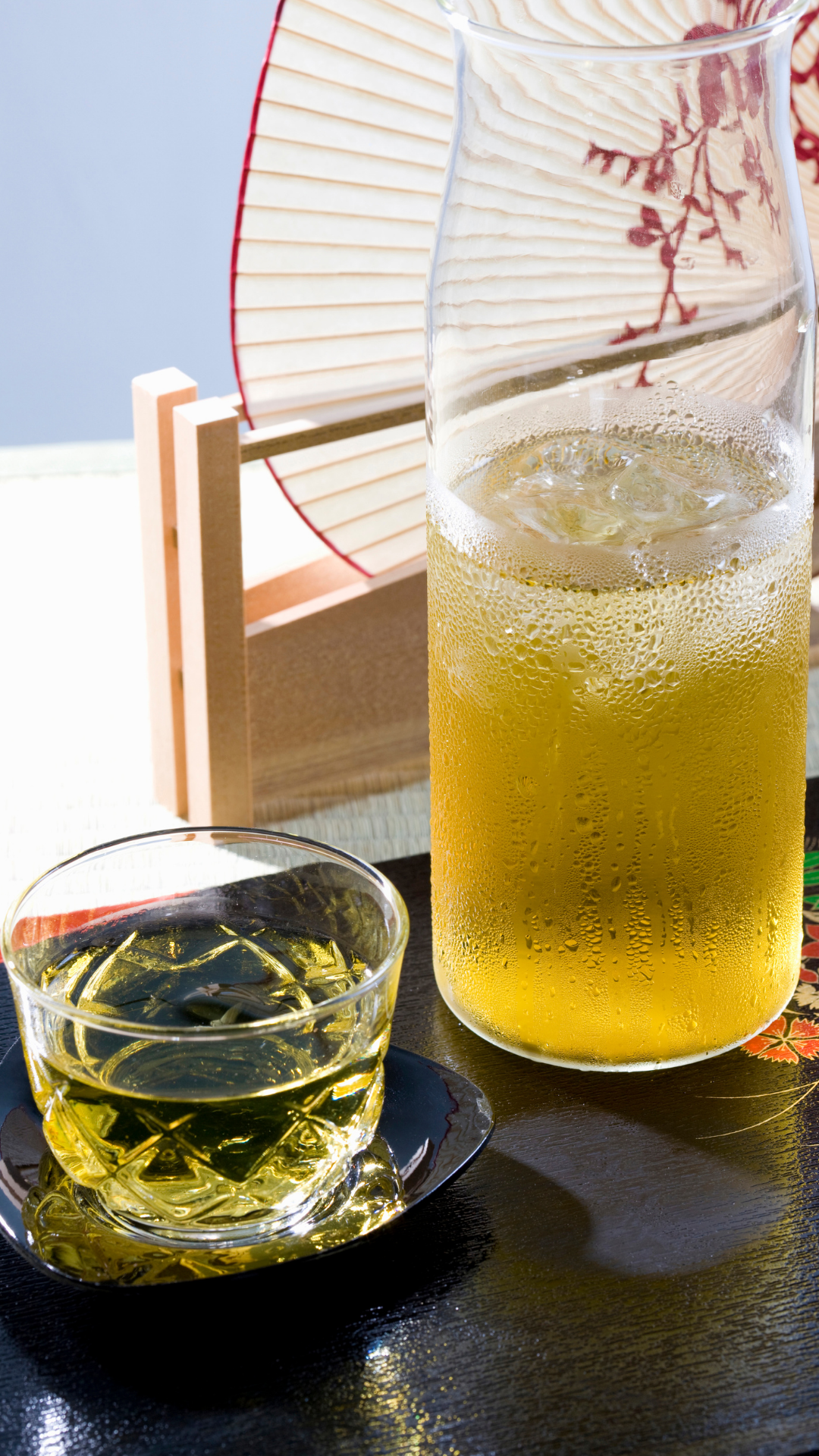
When is the best time to drink Japanese green tea?
Japanese green tea can be enjoyed at any time, from breakfast all the way through to the end of the day. It does not disrupt most people's sleep, but it can depend on how sensitive you are to theine. Green tea contains much less theine than black tea, which is preferred in the mornings for its stimulating effect. Once brewed, green tea can be drunk hot or cold, depending on the season or your mood.
The symbolism behind Japanese tea ceremonies
It was in the 16th century, when drinking tea became widespread among Japanese society as a whole, that Sen No Rikuy, a samurai-turned-Buddhist monk, came up with the theory for the Japanese tea ceremony ("chanoyu"). In short, the master of the wabi school (which promotes the "simple and quiet"), believes that every meeting only takes place once. As it can never happen again, it must be considered precious and entail preparing and drinking green tea the proper way. The ceremony, which can last up to a few hours, is driven by four key principles: harmony, respect, purity and tranquillity.
What green tea is used in Japanese tea ceremonies?
Often, as was the case in the past, matcha tea is used in Japanese tea ceremonies. The choice of tea can vary depending on the region, however. In Kyoto, the local aristocracy uses Gyokuro green tea — the most renowned in the country. There are different types of ceremony ranging from short to long depending on whether the guests are offered a light meal of pastries (wagashi) first, but also depending on the type of tea (strong or mild) served.
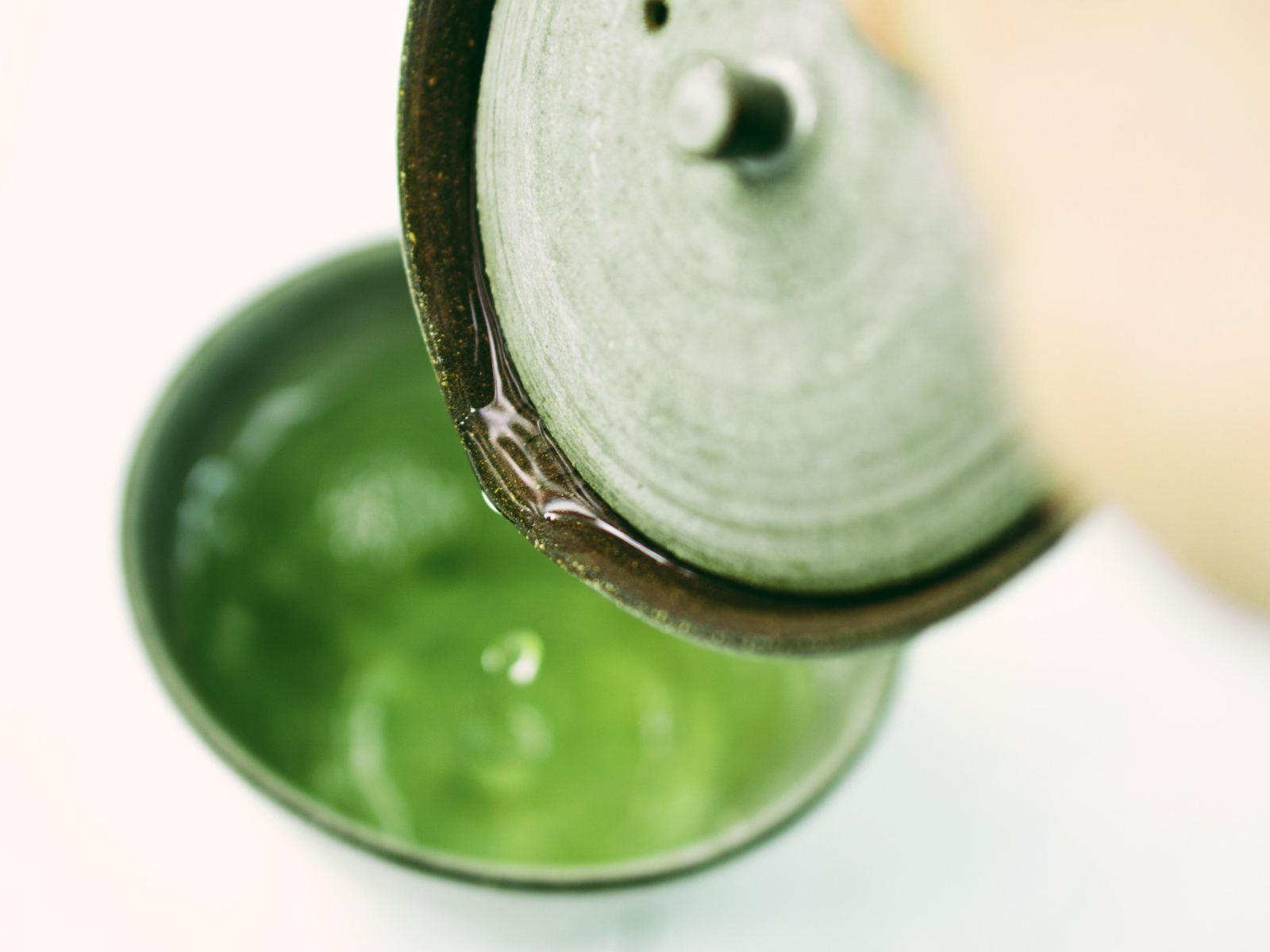
What happens during a Japanese tea ceremony?
Below we will only summarise the simplest and shortest type of ceremony. The golden rule: silence. Conversations are kept to a minimum so that everyone can focus on the atmosphere, the aromas and the sounds. The first step is purification. Each utensil (bowl, whisk, scoop, etc.) is symbolically cleaned in front of the guests. The second stage is preparation. A tea master places the Matcha powder at the bottom of the bowl, adds warm water to it and whisks the mixture until it becomes a creamy foam. The third step is tasting. The tea master hands the bowl to the first guest (or the guest of honour). They bow to each other. Before drinking, the guest of honour must turn the bowl around so that the "front" is opposite his or her mouth. Once the bowl has been placed back in front of the tea master, they pick it up, wash it and brew tea for the second guest, then the third, and so on. The final stage: once all the guests have drunk their tea, the master carefully cleans all the utensils, all the while making sure each guest has time to admire their quality and beauty.
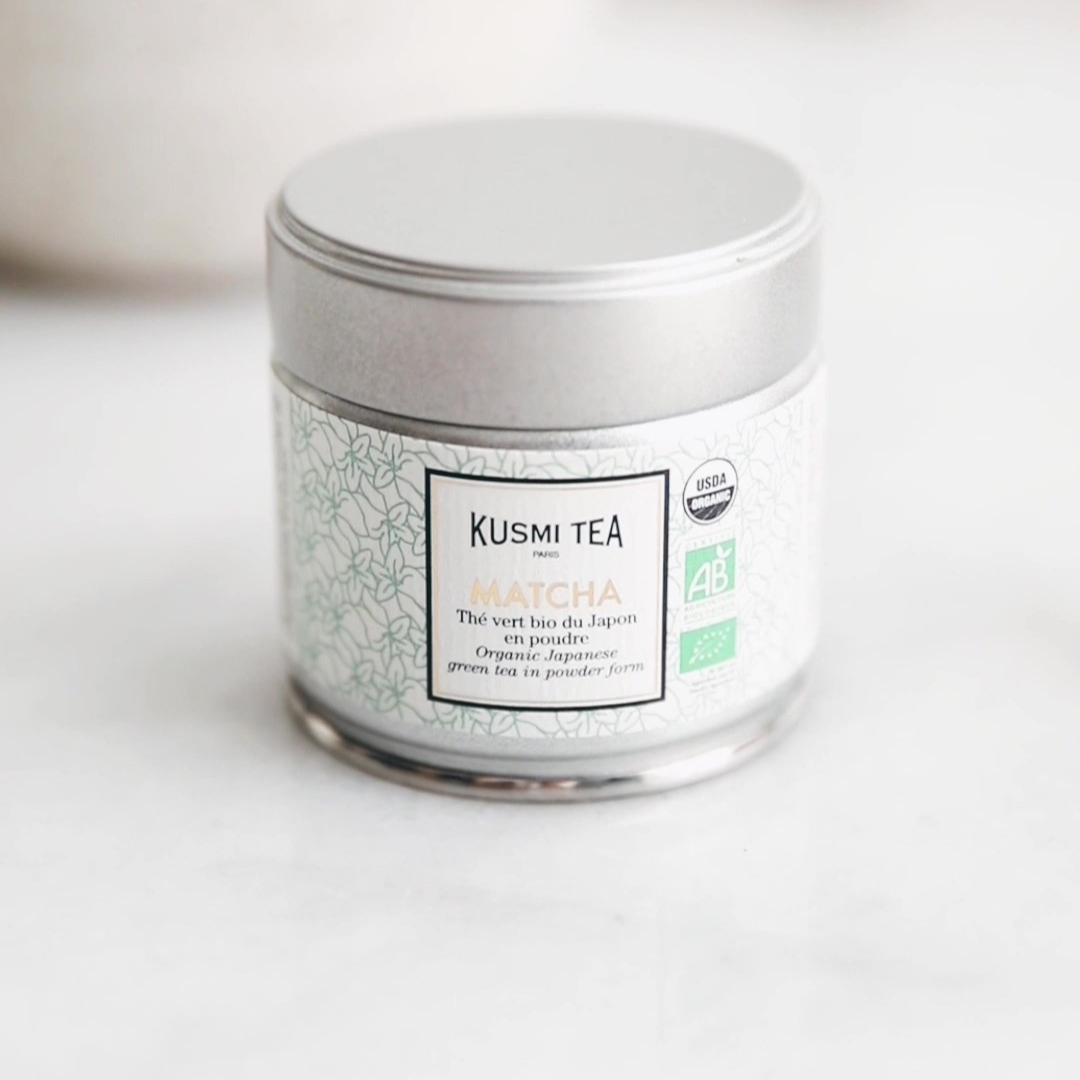
Japanese green teas by Kusmi Tea
Would you like to know more about Japanese green tea? Below are the varieties selected with love by Kusmi. Will you be able to choose?
An organic and environmentally friendly Japanese green tea packaged in France
Kusmi has gone fully organic. Since 2020, all our ingredients are organically grown, certified by strict specifications and checked regularly. What's more, our entire range is based on French know-how: all our teas and herbal teas are designed, created, blended and packaged in Saint-Vigor d’Ymonville in Normandy near Le Havre. Last but not least, our products are packaged in an environmentally friendly way using organically sourced, biodegradable or recyclable materials. What more could you want?
The must-have organic Sencha green tea
Sencha is the green tea most often grown and drunk in Japan. As a matter of fact, its name literally translates to "brewed tea" as "cha" means "tea" in Japanese. What's more, in Japan Sencha is often called the "drink of hospitality". But since there are thousands of varieties, Sencha comes in many flavours and it's nigh impossible to tire of it. Once it has been brewed, Kusmi's organic Sencha tea becomes light in shade and boasts refreshing iodised notes. Its subtle aroma and vegetal notes, which bring to mind the smell of freshly cut grass, will transport you to fascinating Japanese gardens in just a few sips.
Organic Genmaicha green tea with roasted rice
This surprising Japanese green tea combines Sencha green tea with roasted rice. As the latter sometimes pops slightly, Genmaicha is known as the "popcorn tea". Flavour-wise, the fresh organic tea is enhanced by the distinctive taste of rice grains, which adds a hint of nuts. The delicious blend is perfect for breakfast, but can just as well be enjoyed with savoury dishes or drunk as iced tea in the summer.
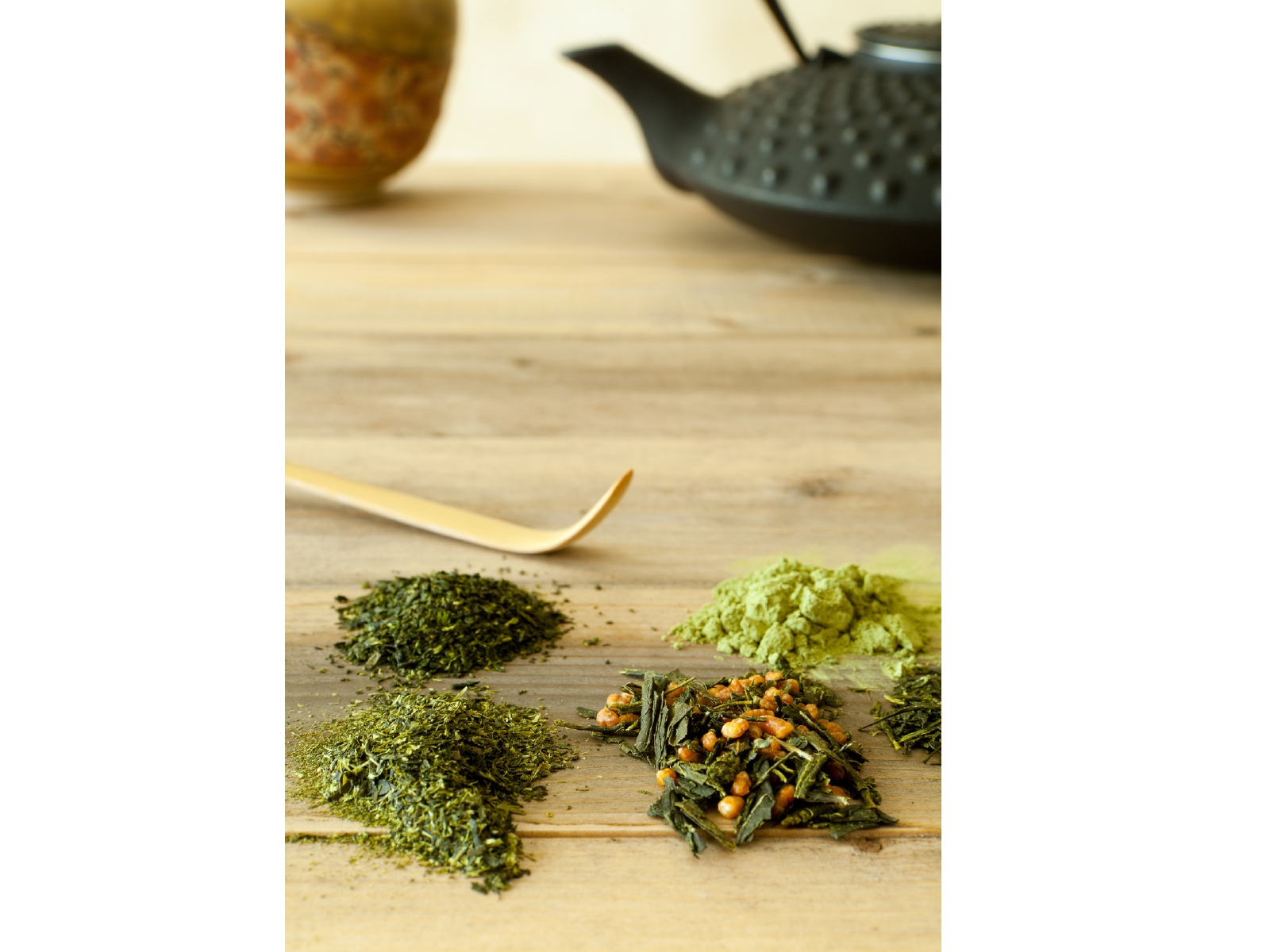
Organic Hojicha green tea from Kyushu island
Breathtaking scenery worthy of the most stunning travel books... That's what awaits on Kyushu island in south-west Japan. With its tropical climate, the "volcano island" offers the perfect conditions for growing organic green tea in Japan. But that's not all. Near Kagoshima, Japanese people have an unfailing method to transform one of the most classic green teas from recent harvests into a tea with true character. What's their secret? Roasting the tea leaves at a very high temperature. As a result, they develop a lovely brown shade and after brewing they boast woody and roasted notes. We can't recommend it enough. Organic Hojicha tea, an extremely popular drink in Japan, goes perfectly with meals. Surprise your guests by serving your Japanese tea with cheese, meat or even grilled fish.
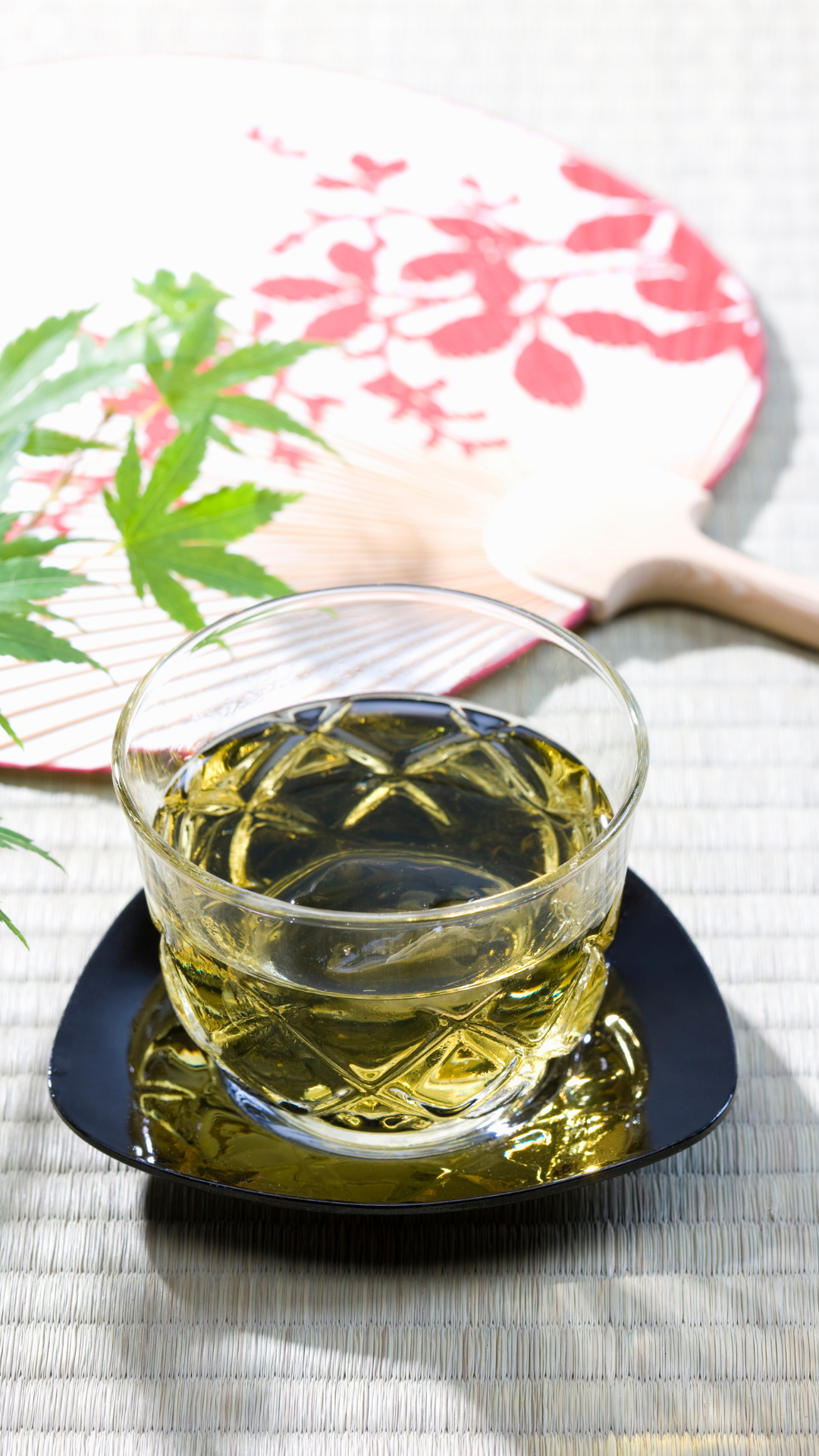
Organic Matcha green tea for frothing or to be used in pastries
Organic Matcha is an unparalleled green tea powder: only the most beautiful leaves are picked with the greatest care and dried flat before being gently ground into a fine powder between two granite blocks. We just love its emerald shade, which gives our pastries a distinctive flavour and colour. Would you like to savour it according to the traditions of a Japanese tea ceremony? Here's the recipe to prepare a delicious matcha tea according to ritual: Pour 2 to 4 scoops of Matcha tea into a bowl. Add pure water at 80°C. Mix briskly using a whisk, forming a W shape with your wrist. When the mixture becomes smooth and consistent and a layer of foam appears, enjoy — either sweetened or not.






